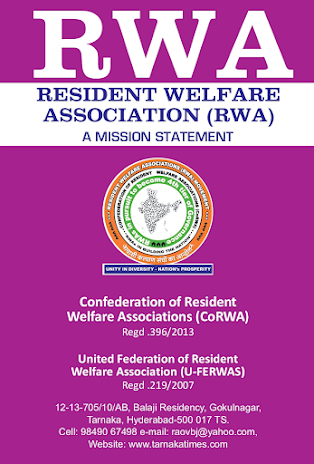Barely a week after its inauguration, honchos at the Hyderabad Metro Rail (HMR), exuded confidence the Rs 16000 crore plus project will break even in the fifth year and start making profits immediately thereafter.
The unbridled optimism, if appearing somewhat premature, may be attributed to the hordes of curious Hyderabadis who have been thronging the spanking new Metro line since its flag off by Prime Minister Narendra Modi on November 28th. As of Monday, December 11 close to 19 lakhs passengers, many of whom have experienced a metro for the first time, enjoyed the Metro ride.
The Phase I of the project, which has been in implementation for well over 12 years now, has had as many twists and turns as its meandering 72 kilometres route thanks to litigations, changes in governments, changes in alignments and a fair share of controversies. Cost escalations are a natural corollary to the numerous route changes and delays.
The project, which is being implemented by the L&T Metro Rail (Hyderabad) Ltd., a SPV formed by the L&T IDPL and the Government of Telangana’s HMR Ltd., achieved financial closure for Rs 16,375 crore in 2011. It includes three elevated corridors connecting three busy routes. But the 30 kilometres section that was inaugurated last month skips some of the most dense, happening and emerging business districts of the city like the Cyberabad area.
The Hi-Tec area which forms part of the Cyberabad area employs roughly 35 lakh people of whom nearly half commute from distances ranging from 20-11 kms on an average. While it will be a minimum of another year or so for the remaining and critical parts of the city to be connected, connectivity will still be an issue.
It is an accepted fact that metro projects world over are not profitable even though they may turn cash positive early in their lifespan compared to other infrastructure projects. This is more so in a Public-Private Partnership (PPP) mode which the HMR is touted to be biggest such in the world.
India’s very own Metro Man, E Sreedharan is on record that metro rail has never been a profitable investment. Reacting to the recent India Metro Policy 2017, the veteran railway man who is credited with the success of the Konkan Railway System and the successful Delhi Metro, said private players look for a return of at least 12-13% while no Metro project has ever yielded an investment return of over 2-3%.
The Hyderabad Metro however envisages a project IRR of 13.89% and return on equity of 17.50%, it is anybody’s guess if this will be possible.
One reason for this overly optimistic forecast could be that the project’s business model factors in only 45% of its revenues from passenger fares. More than half its revenues are designed to accrue from property development, advertising and parking fees and not from commuter fares. But still, is such optimism warranted?
Interestingly, the viability of the HMR is predicated less on passenger revenues and more on non-service revenues. It is nevertheless a moot point that even the later would be more dependent on the custom from passenger footfalls than anything else. This of course may be different if the management intends to develop these properties as destination malls and office spaces. The system was expected to carry about 17 lakh passengers per day by the end of 2017 and 22 lakh by 2024 according to some early estimates.
According to the original Detailed Project Report (DPR), a total land requirement of 269 acres was envisaged for establishment of three depots and creation of parking and circulation (P&C) areas at select metro stations. The approvals also allow the management to exploit commercial exploitation of air space over the land parcels identified for the depots up to a maximum of 18.5 million square feet of built up area. The ground and the P&C areas are to be exclusively used for passenger services. Similarly, only 30% of the depot areas can be used for commercial property development shopping malls, multiplexes and office and recreation facilities.
The HMR is in fact close to launching two of these malls, at Panjagutta and Hi-Tec city totalling nearly 1.2 million square feet where nearly 90% of the space is already reported to have been taken up.
Ambitious while this plan might appear it goes without saying that the intended 22 lakh odd passenger will have to form the core of the clientele for these facilities, even as the very basis for these passenger estimates are not very clear.
And then much would also depend on Hyderabad’s own attraction as a retail destination and ability to attract investments in this sector.
Speaking of commercial real estate in the city, according to reputed real estate consultants Colliers International India Ltd., there is a situation of oversupply in the city with 1.5 million sq ft (0.14 million sq m) of office space slated for completion in Q4 2017, while a heavy supply of about 26 million sq ft (2.4 million sq m) was in various stages of construction which is likely to increase the total office stock to about 45% by 2020.
The vacancy rate for Grade A spaces is expected to remain at 4% in 2017 and this figure is only likely likely to go up in medium to long term due to robust supply pipeline. While the opening of the metro rail line is a positive, its impact on commercial micromarkets would take time to become visible as other key metro lines are yet to be completed, it said in its Q4 report.
While it is a foregone conclusion that the Metro is a must for Hyderabad, the moot question is whether the promoters will still be smiling when the project is completed and it is time to start paying back the debts.
(The article first appeared on NewsPlus The views expressed are those of the authors.







0 Comments